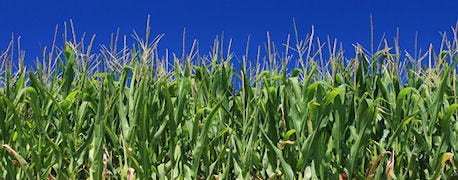July 18, 2013

By Joe Lauer

Writing down when a corn field silks will make it easier to determine when to harvest that field for corn silage.
The 2013 growing season was one of the most extended planting seasons since record-keeping began in 1979. Numerous rainfall events delayed spring field work resulting in planting dates that often range from April to June on the same farm. The range in planting dates will have implications at harvest time, especially for silage.
A good thing to do right now is markdown when corn fields tassel, or more ideally when they silk. Usually silking occurs a couple of days after tasseling, but there have been recent situations where silking is either slightly premature or significantly delayed relative to tasseling. But by knowing your tassel (silk) date, you can begin to predict when a field will be ready for silage harvest.
Use the following in-season guidelines for predicting corn silage harvest date:
1. Note hybrid maturity and planting date of fields intended for silage.
2. Note tasseling (silking) date.
3. Kernels will be at 50% kernel milk (R5.5) about 42 to 47 days after silking.
After milkline moves, use kernel milk triggers to time corn silage harvest.
4. Use a drydown rate of 0.5% per day to predict date when field will be ready for the storage structure.
5. See Corn Silage Dry Down
6. Do a final check prior to chopping.
Lauer is the University of Wisconsin Extension corn specialist.
You May Also Like




